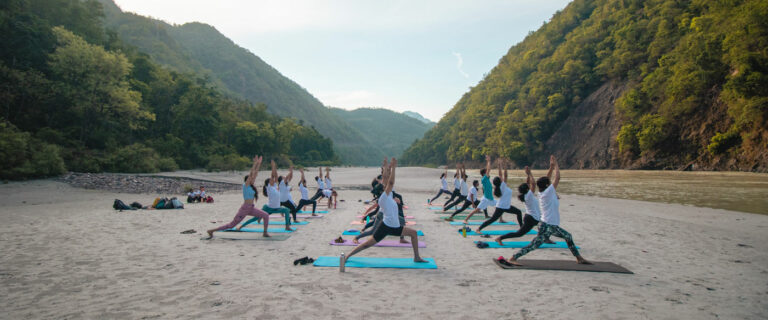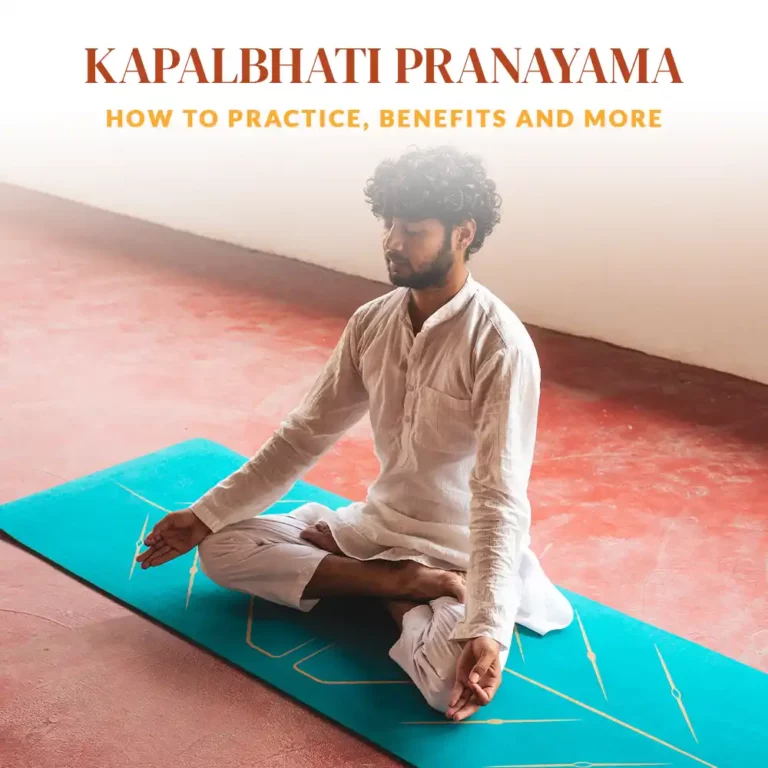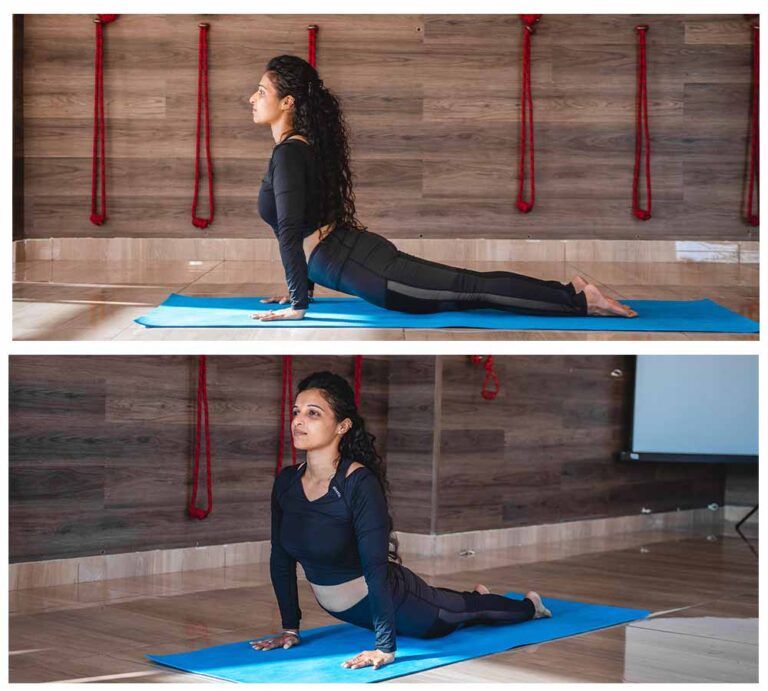Yin Yoga: Benefits, Poses, Practice – Stretch, Restore & Relax
Introduction to Yin Yoga
Yin Yoga is based on ancient Chinese philosophies and Taoist principles which believe there are pathways of Qi (energy) that run through our bodies. Holding the postures and allowing the muscles to expand into a posture will enable the blockages to release themselves and allow the energy to flow freely.
The practice of Yin yoga is based on the concept of Yin and Yang, where Yin represents stillness, cooling, and grounding qualities, in contrast to Yang, which is dynamic, heating, and stimulating. In Yoga the aim is slow-paced and focused practice with long-held poses, typically 45 seconds to 5 minutes or more, It targets the deep connective tissues of the body such as ligaments, joints, and fascia.
Core Principles of Yin Yoga
Taoism, influenced by the Tao Te Ching offers insights into the principles of balance that guide both personal well-being and harmonious living within the universe. Balance is a fundamental concept in Taoist philosophy.
Key elements of Yin Yoga practice:
- Harmony of Yin and Yang
Taoism emphasizes the importance of maintaining a harmonious balance between Yin and Yang within oneself and in one’s environment. Ying and Yang are complementary forces that represent the dualistic nature of existence. Yin is associated with qualities like darkness, passivity, and intuition, while yang represents light, activity, and logic.
- Wu Wei
We wei is the principle of effortless action or non-action. It does not imply inaction but rather aligning oneself with the natural flow of the universe. Practising Wu Wei involves letting go of excessive striving and allowing events to unfold naturally. This cultivates a balanced state where one acts per the Tao.
Taoist principles of balance offer valuable insights into navigating the complexities of modern life. By cultivating mindfulness, embracing moderation, and respecting natural cycles, individuals can foster a sense of harmony within themselves and with the world around them.
The Benefits of Yin Yoga
Physical benefits of the Yin Yoga practice:
- Increased Flexibility: Yin Yoga targets the deep tissues, helping to increase flexibility and joint mobility over time.
- Improved circulation: Holding poses for extended periods can enhance circulation in the joints and improve overall blood flow.
- Joint Health: Yin yoga can help maintain and improve joint health by promoting the mobility and flexibility of the joints.
- Stress relief: The slow, meditative nature of yin yoga can activate the parasympathetic nervous system, promoting relaxation and reducing stress levels.
Mental benefits of the Yin Yoga practice:
- Mindfulness and awareness: Yin Yoga encourages practitioners to stay present in the moment, fostering mindfulness and self-awareness.
- Stress reduction: The emphasis on deep breathing and relaxation can help reduce stress and anxiety levels.
- Balance and Calm: Regular practice of Yin Yoga can promote emotional balance and a sense of inner calm.
Essential Yin Yoga Poses
Yin Yoga focuses on passive stretching and relaxation, targeting connective tissues like ligaments, joints, and Fascia. Here are some essential yin yoga poses:
- Balasana (Child’s pose): Gentle stretch for the hips, thighs, and lower back
- Baddha Konasana (Butterfly Pose): Opens the hips and stretches the inner thighs and groin.
- Salambha Bhujangasana (Sphinx pose): Gentle backbend that stretches the spine, chest, and shoulders.
- Utthan Pristhasana (Dragon pose): Stretches the hip flexors, groin, and thighs.
- Supta Virasana (Saddle pose): Stretches the knees, thighs, and ankle deeply.
- Upavistha Konasana (Wide legged forward fold): good stretch for hamstrings
- Viparita Karani (Inverted legs): Passive inversion posture that helps the blood flow to rush down towards the body’s major organs.
These poses are held for several minutes to allow deep relaxation and effectively target the connective tissues. Yin yoga is practiced mindfully while listening to your body to avoid sharp pain.
Overcoming Common Challenges in Yin Yoga
- One can start with gradual progression with shorter holds and gradually increase duration as flexibility and comfort.
- Focus on the breath and cultivate mindfulness to help manage discomfort and mental restlessness.
- Seek guidance from experienced yin yoga teachers to understand and navigate challenges specific to your practice.
- Use props such as bolsters, blankets, or blocks to support the body and modify poses as needed for individual comfort and safety.
- Recognize that progress in Yin yoga often comes slowly but yields deep benefits over time with consistent practice.
The Science Behind Yin Yoga
The science behind yin yoga largely centers around its effects on the connective tissues, nervous system, and overall well-being.
1. Connective tissues and fascia:
Holding poses for extended periods helps stimulate collagen production, which improves tissue elasticity and joint function. The gentle stretching also encourages the movements of fluids within the fascia, enhancing tissue hydration and reducing stiffness.
2. Nervous system:
The slow, meditative nature of yin yoga activates the parasympathetic nervous system, triggering the relaxation response. This can lower heart rate, reduce cortisol levels, and promote overall calmness. Practicing mindfulness during yin yoga can lead to neuroplastic changes in the brain, enhancing emotional regulation and reducing anxiety.
3. Joint Health and Mobility:
Holding yin yoga poses for prolonged periods enhances the flow of synovial fluid within the joints, improving lubrication and mobility. Regular practice can gradually increase flexibility and range of motion, particularly in areas like the hips, pelvis, and spine.
Conclusion
Yin yoga offers a unique approach to physical and mental well-being, distinct from more dynamic forms of yoga. Incorporating yin yoga into a holistic wellness routine can complement more active styles of Yoga providing a balanced practice that nurtures the body and mind.






